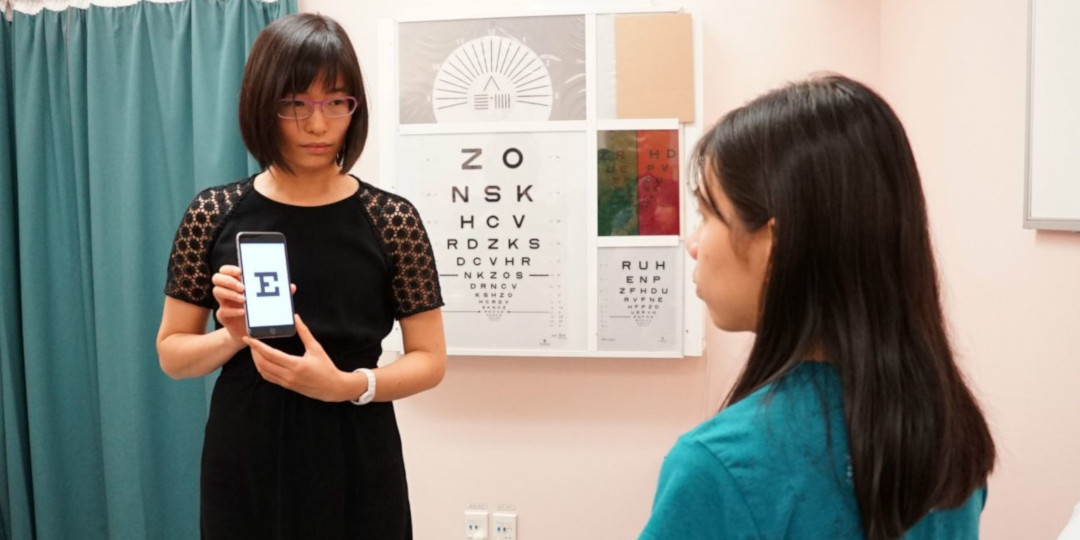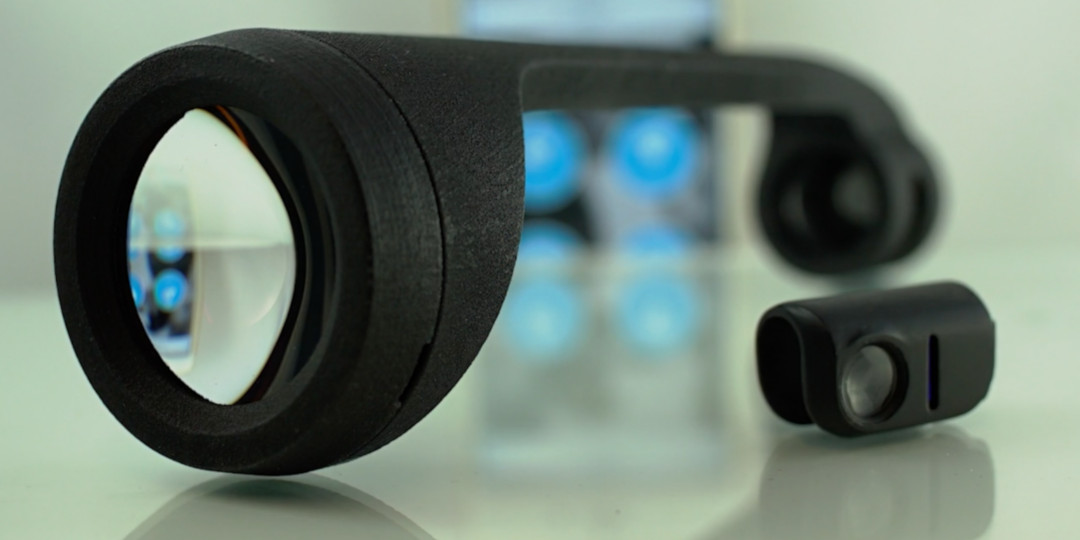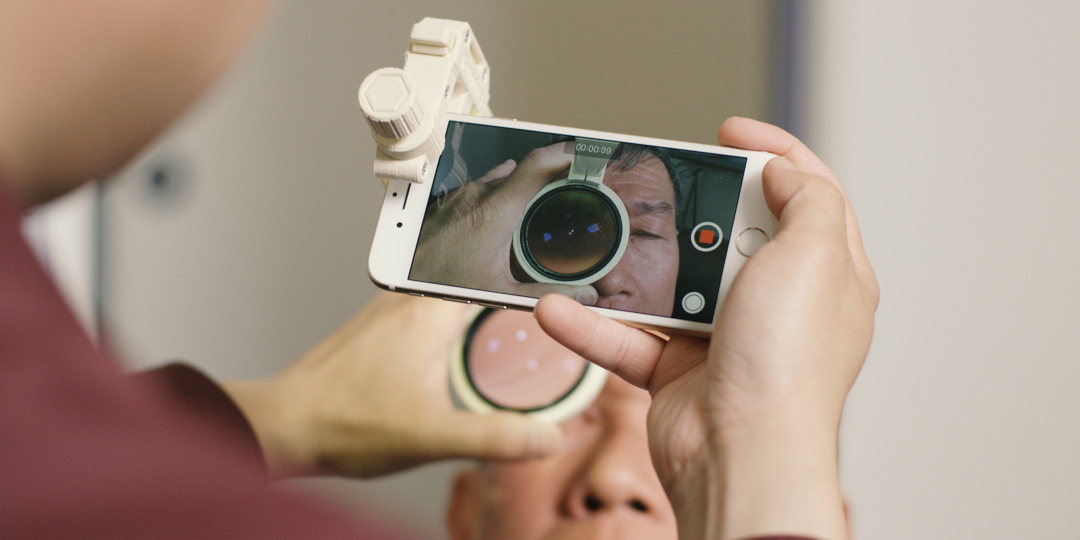3D printing is reshaping the world we live in. It’s even changing the face of medical care – a fact that Sheng Chiong Hong, an award-winning doctor from New Zealand, can prove. His revolutionary 3D printed ophthalmic diagnostic equipment has already become a global success. Now, he’s brought the world’s first smartphone diagnostic eye care kit, which is suitable for commercial use.
Intuitive, portable, cost-effective
Losing your eyesight is a terrifying concept for most people. In developing countries, this is especially the case, as medical treatment is often too expensive. For instance, retinal cameras, which are vital for diagnosing cataracts, glaucoma, and corneal opacities, cost around $20,000; a price that many medical practices simply can’t afford.
oDocs’ new Eye Care Kit costs around just $400. It consists of a visoClip and visoScope, which when fitted on an iPhone, transforms it into a retinal camera and anterior segment. They’re small, easy-to-use devices that clip into place in seconds, making professional eye examinations simple and accessible.
Performing an eye examination at oDocs
With oDocs’ smartphone app and attachments, doctors can diagnose sight-threatening illnesses anywhere in the world.
Dr. Hong began developing the oDocs Eye Care Kit in 2015. Extensive use of 3D printing was at the heart of the process, especially in the prototyping stages. The initial models were market-tested then adjusted, based on real-life user feedback. Now, the innovative design has evolved; producing a professional product that’s ready to be used by medical workers worldwide.
The oDoc app and attachments offer huge potential. Around seven million people in the developing world lose their sight due to preventable diseases. oDoc’s innovative smartphone-based solution means that this number can be greatly reduced.
The new oDocs Eye Care Kit
Professional eye examinations – the visoClip
The visoClip is an adapter that examines the front of the eye, which can be used to diagnose diseases like conjunctivitis and corneal infections. The adapter costs $149, but offers the same magnification as a slit lamp microscope worth $15,000. It’s also durable, waterproof, and comes with a 15mm-wide light beam with white and cobalt blue optical filters.
The visoScope
The visoScope adapter, which comes in a range of materials, is an alternative to a direct ophthalmoscope and retinal camera. It provides a clear 50-degree field of view and helps identify common ophthalmic conditions such as cataracts and glaucoma, diseases that are treatable if detected in time.
The oDoc App
The accompanying mobile app features electronic medical records, a wide range of vision tests and the ability to acquire and store images. Medical workers can also assess color vision, astigmatism, visual acuity and relative pupillary light reflex using the app – making the diagnostic process a lot simpler. Best of all, it’s fully portable. That means that medical workers can take it with them when they’re visiting a bed-bound patient or doing a medical field trip.
Making it happen
The oDocs story shows how 3D printing can be used to change the world. It enables individuals like Hong to prototype and test products more quickly and at a lower cost.
oDocs’ Eye Care Kit has the potential to save millions from blindness. But this wouldn’t be possible without functional prototyping. And 3D printing is the most accurate, not to mention time and cost-effective, way to achieve it. It gives the opportunity to road-test products, improve ergonomics and feel, and get to market with a high-quality, innovative solution.
Make sure to check out the original free kit on YouMagine and oDocs website to learn more about their mission and products. Part of their profits will go towards preventing blindness in developing nations – and your pre-order or donation can make a real difference.
Disclaimer: Ultimaker 3D printers are designed and built for Fused Filament Fabrication with Ultimaker engineering thermoplastics within a commercial/business environment. The mixture of precision and speed makes the Ultimaker 3D printers the perfect machine for concept models, functional prototypes and the production of small series. Although we achieved a very high standard in the reproduction of 3D models with the usage of Ultimaker Cura, the user remains responsible to qualify and validate the application of the printed object for its intended use, especially critical for applications in strictly regulated areas like medical devices and aeronautics.

























